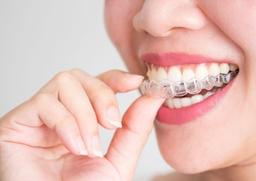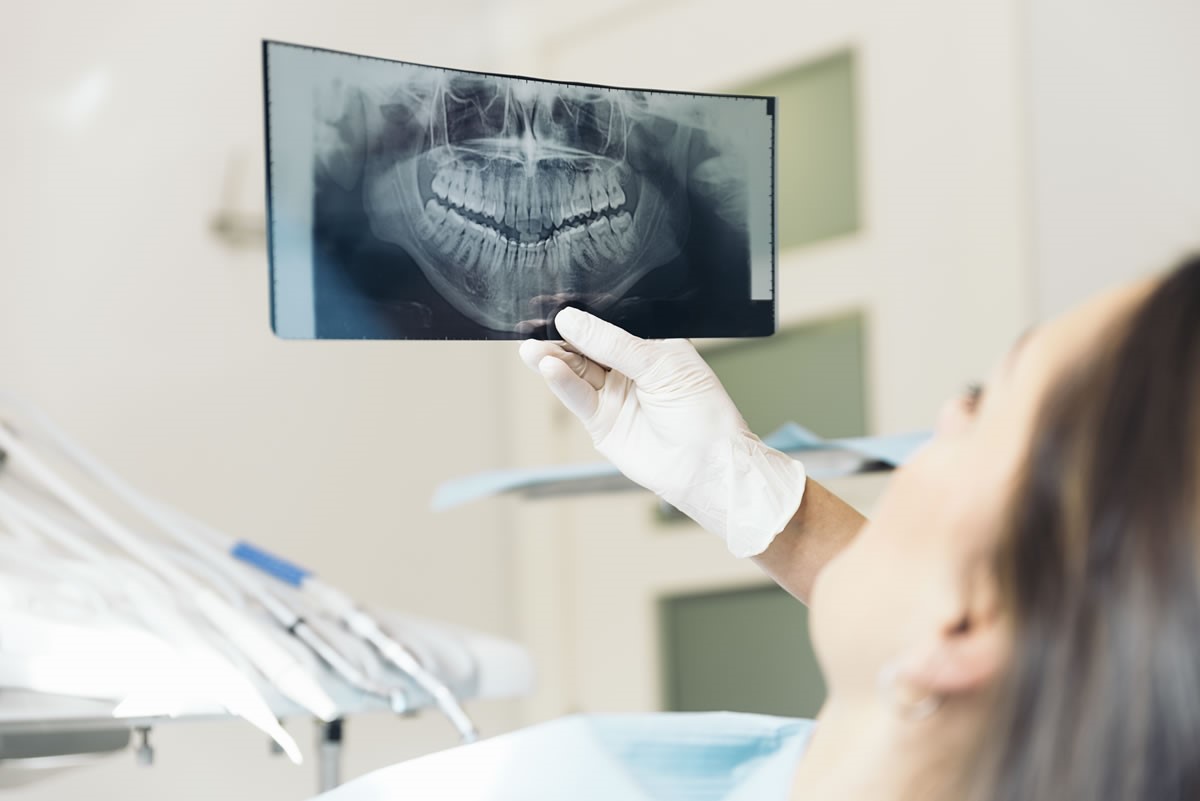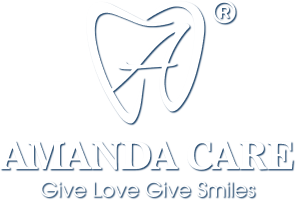Traditional Braces are a traditional orthodontic method that uses a system of brackets and archwires to apply force and move teeth into the desired position. This method has proven effective for decades and remains a top choice for many. So, how many types of braces are there? What are the pros and cons of braces? Let’s explore the content below with Amanda Dental Clinic!
What Are Braces?
Braces are an orthodontic treatment method that uses brackets attached directly to the surface of the teeth, combined with archwires and other orthodontic appliances to apply force and guide the teeth into their desired positions. This effectively addresses issues like overbites, underbites, spacing, crowding, etc. This technique requires a highly experienced orthodontist as it affects treatment outcomes, precision, and comfort during the process.
This method is widely used today and comes in various forms to suit different customer needs. Moreover, braces are considered the most affordable option in modern orthodontics. With reasonable cost, diverse options, and excellent effectiveness, this method will likely remain popular in the near future.
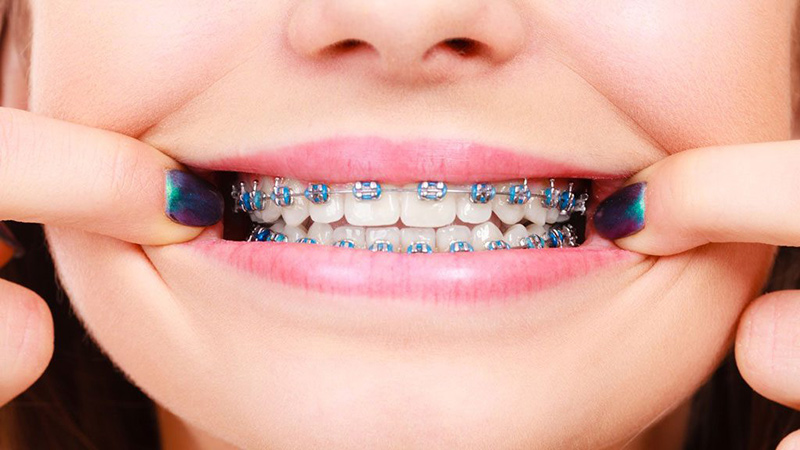
Who Should Get Braces?
Braces are suitable for the following cases, particularly when there are dental or jawbone misalignments and the desire to treat them thoroughly while preserving natural teeth:
- Dental misalignment: Crooked teeth, spacing, overbite, underbite…
- Malocclusion: Overbite, underbite, deep bite, open bite…
- Jawbone issues: Narrow jaw, jaw deviation…
Common Types of Braces You Should Know
From the most basic techniques, orthodontics has made breakthroughs with the development of advanced methods. There are 5 popular types of braces today:
Metal Braces
Currently the most widely used due to affordability, metal braces are typically made from materials like stainless steel, silver, or gold. The metallic bracket frame provides strong durability. Elastic bands are used to keep the archwire fixed, creating the necessary force to move teeth into position.
| Advantages | Disadvantages |
|
|

Self-Ligating Braces
An improvement on traditional braces, self-ligating braces are highly favored due to their sliding mechanism and flexibility. This allows easier opening and closing while keeping the archwire fixed in the slot.
They provide consistent force and guide teeth into proper alignment. Currently, there are two types: metal self-ligating braces and ceramic self-ligating braces.
| Advantages | Disadvantages |
|
|

Ceramic and Crystal Braces
Ceramic and crystal braces are a significant upgrade from traditional metal brackets, offering better aesthetics and biocompatibility.
| Advantages | Disadvantages |
|
|
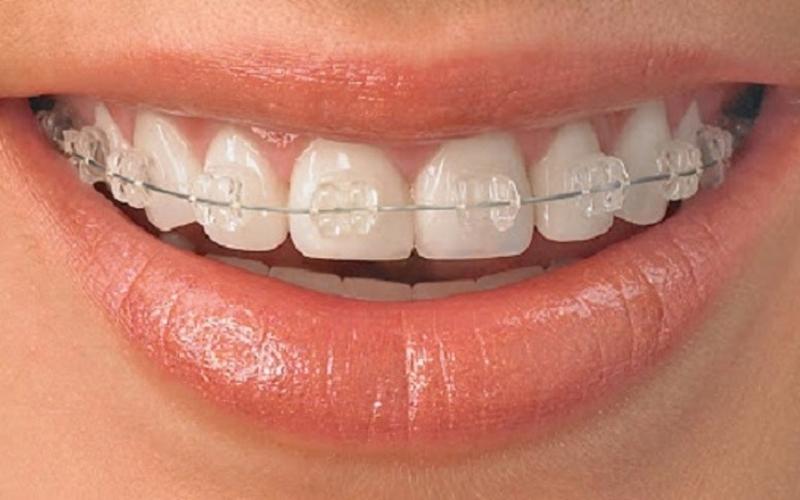
Lingual Braces (Inside Braces)
This technique offers high aesthetics and requires orthodontists with expertise. Brackets and wires are fixed on the inner surface of teeth, making them invisible. Among all types, ceramic braces remain the most popular due to visual appeal.
| Advantages | Disadvantages |
|
|
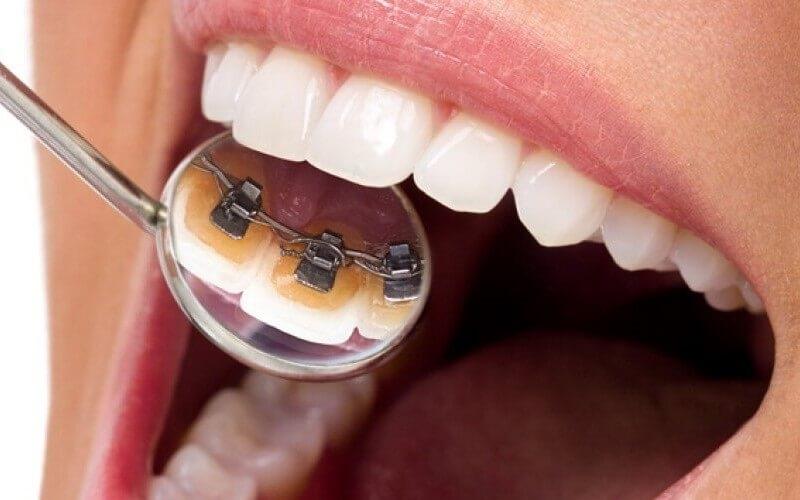
Which Type of Braces Is Best?
Each type of braces has its own pros and cons. However, they all help you achieve well-aligned teeth and correct bite issues. Here are some recommendations from Amanda Dental Clinic:
- For children: Choose traditional metal braces to save costs and shorten treatment time.
- For adults: Choose ceramic, crystal, or lingual braces depending on aesthetic and work needs. They address all misalignment types effectively.
- For busy people: Self-ligating braces are ideal for those who can’t visit the clinic often.
- For budget-conscious patients: Standard metal braces are fast and cost-effective.
In short, choose your braces based on effectiveness, aesthetics, and budget. However, always consult your dentist for the best option.
Important Notes When Getting Braces
Braces are not overly complex if performed by skilled doctors. However, you shouldn’t ignore the following:
Choose the Right Type of Braces
Consider cost, compatibility, and preferences. Always follow your dentist’s professional advice.
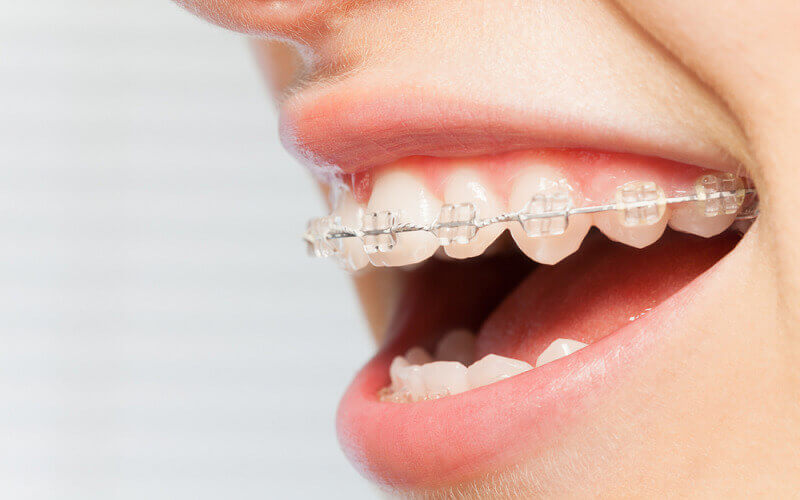
Proper Diet
Doctors recommend soft foods like porridge, soup, milk, or boiled dishes after getting braces to avoid dislodged brackets and reduce discomfort. After a week, eating becomes more comfortable. Avoid gum, hard or sticky foods, crunchy fruits, and sugary items.
Scientific Oral Hygiene
- Brush regularly with soft-bristle, small-head brushes using the right technique.
- Use mouthwash or saline solution to eliminate bacteria and freshen breath.
- Use dental floss to clean between teeth thoroughly.
Amanda Dental – Leading Orthodontic Clinic
Launched in early 2020, Amanda Dental has earned the trust of millions thanks to several outstanding strengths:
- Highly skilled doctors with international training.
- Modern equipment imported from Europe: iTero Element 5D imaging, Vceph 3D braces system, T-Scan bite analysis, etc.
- Diverse options suitable for all customer needs.
- Long-term warranties and 24/7 support.
Besides offering regular promotions, Amanda Dental also provides 0% interest installment plans to make orthodontic services more accessible and affordable.
With experienced orthodontists and aesthetic expertise, you can feel completely confident when getting braces at Amanda Dental. Call Hotline 090 423 8988 – 098 292 0476 or book an appointment HERE for a free consultation.





